Where Mass Tourism Overrides Memorialization, Chernobyl Is Far from a Time Capsule

There is a popularly held myth concerning Chernobyl, and, more pertinently, concerning the abandoned city of Pripyat which stands at the heart of Ukraine’s radioactive “Zone of Alienation.” Namely, that this site serves as some kind of untouched time capsule, a rare glimpse into a Soviet past. Here’s an example of the usual rhetoric, taken from a 2011 report in The Telegraph:
Hundreds of discarded gas masks litter the floor of the school canteen, Soviet propaganda continues to hang on classroom walls, and children’s dolls are scattered about, left where their young owners dropped them in a hurry a quarter of a century ago.
This is the commonly held perception of the Chernobyl Exclusion Zone, an idea which has been romanticized by the press and illustrated through wave after wave of photographs that flood the Internet, usually depicting empty corridors, decaying classrooms and, always, the mountains and mountains of sinister gas masks beneath a sea of gathering dust.

A classroom at an abandoned school in Pripyat (photograph by Darmon Richter)

A selection of props, ripe for rearrangement (photograph by Darmon Richter)
All those quick to accept such assertions as fact, who would ignore the possibility that these images might be largely staged, would do well to remember Heisenberg.
In 1927, Werner Heisenberg, a German theoretical physicist, proposed the “Uncertainty Principle.” To paraphrase the concept, Heisenberg suggested that it is impossible to observe something without changing it. The theory was developed largely through (and as a reflection on) the process of measuring the position and momentum of particles. Nevertheless, this premise also has a valuable lesson when assessing the objectivity of macrocosmic observations.
In the case of the Chernobyl Exclusion Zone, this “Soviet time capsule” is observed and interacted with by a growing number of tourists every year. Up until 2011, numerous tour companies were running illicit trips into the wasteland — a study cited by that same Telegraph article suggested that as many as 10,000 tourists were visiting the site each year. Since then, Chernobyl tourism has been met with official government approval. Even previously restricted areas of the Zone are now open to paying guests, including the unfinished Reactors Five and Six. More tourists than ever are visiting the Chernobyl Exclusion Zone, either as a day trip from Kiev, or for longer, overnight stays. This many visitors cannot help but have an impact on their surroundings.
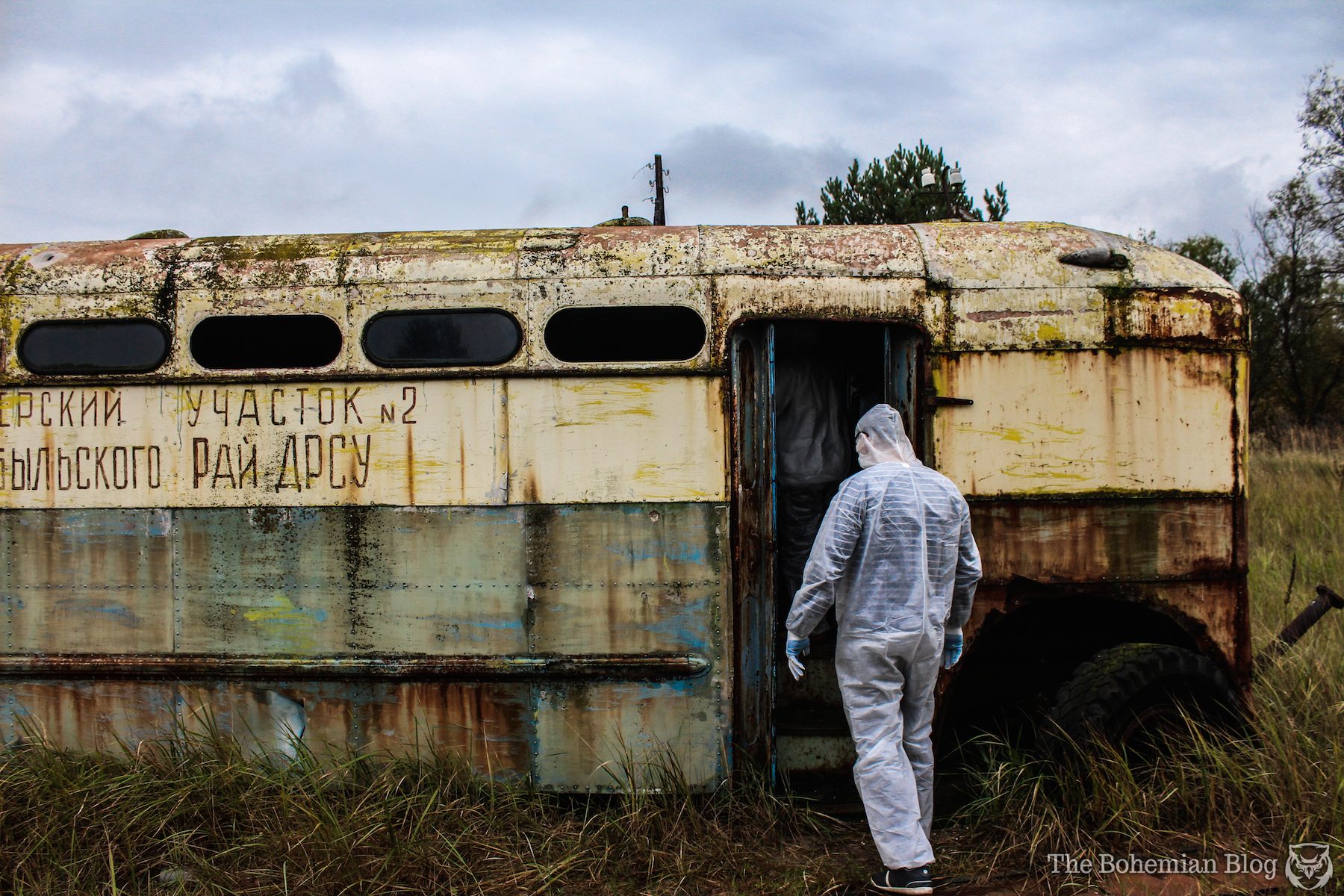
Hazmat suits are not required to visit — these tourists came in fancy dress (photograph by Darmon Richter)
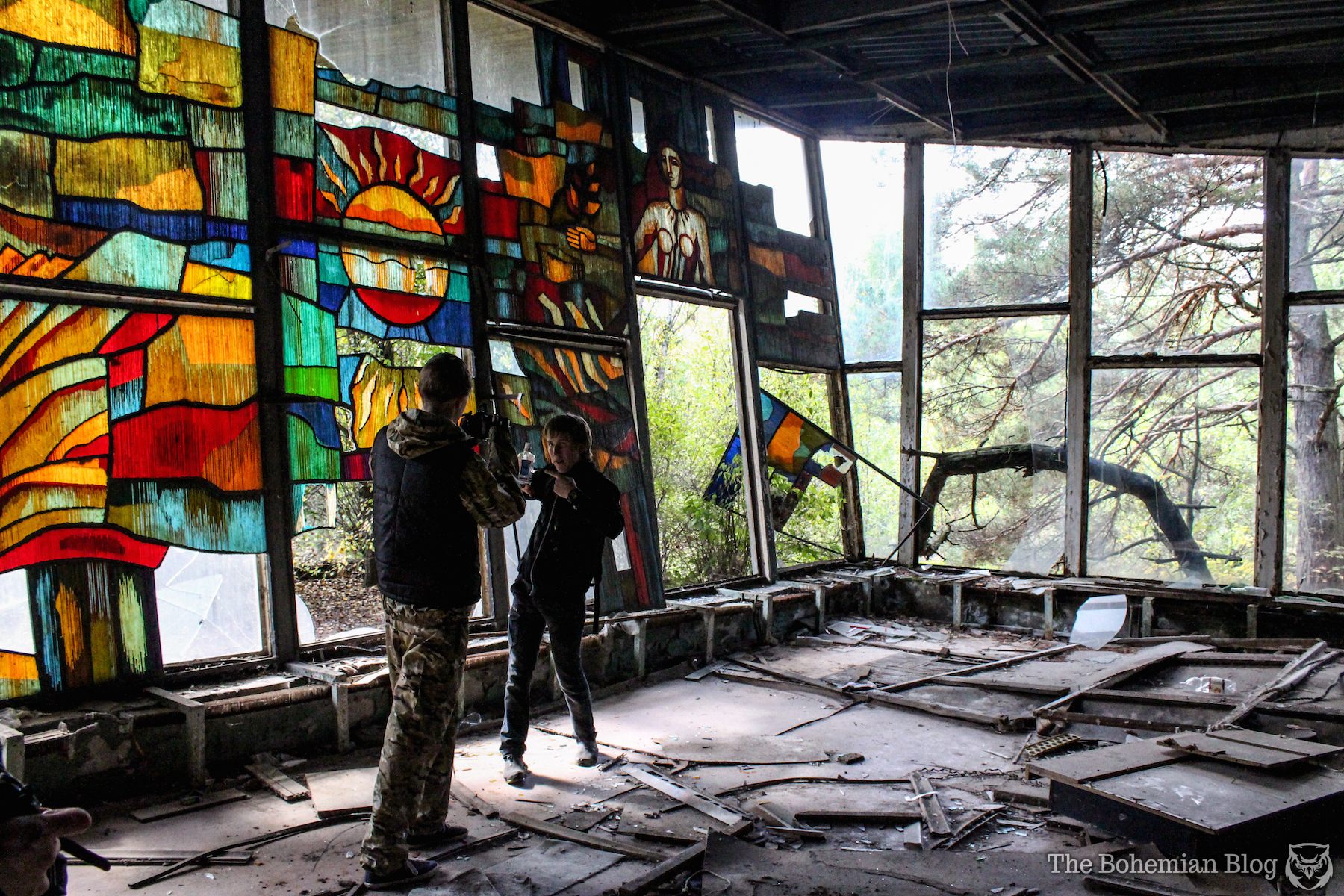
Tourists pose for photos with the city’s artifacts (photograph by Darmon Richter)
I took a tour of the Chernobyl Exclusion Zone myself, in September 2013, staying overnight, with a group of roughly 30 people. Try to imagine for a moment: 30 camera-pointing tourists all desperate to take home virtual souvenirs from one of the most photogenic sites of mass ruination to be found anywhere in the world. The Zone, and in particular the abandoned city of Pripyat, is littered with the belongings of the thousands of former inhabitants evicted from their homes in the wake of the disaster back in 1986, and as these visitors observe the Zone, so too are they interacting with and changing it.
During my own 32 hours inside the Zone, I watched tourists dropping their litter in bushes, picking up souvenirs to take home, and even, occasionally, causing willful damage to the already-decomposing buildings. Perhaps more insidious than those vandals is the effect of visiting photographers, who seem to form the largest demographic, drawn as they are to Pripyat and its empty, rotten buildings in veritable hordes.
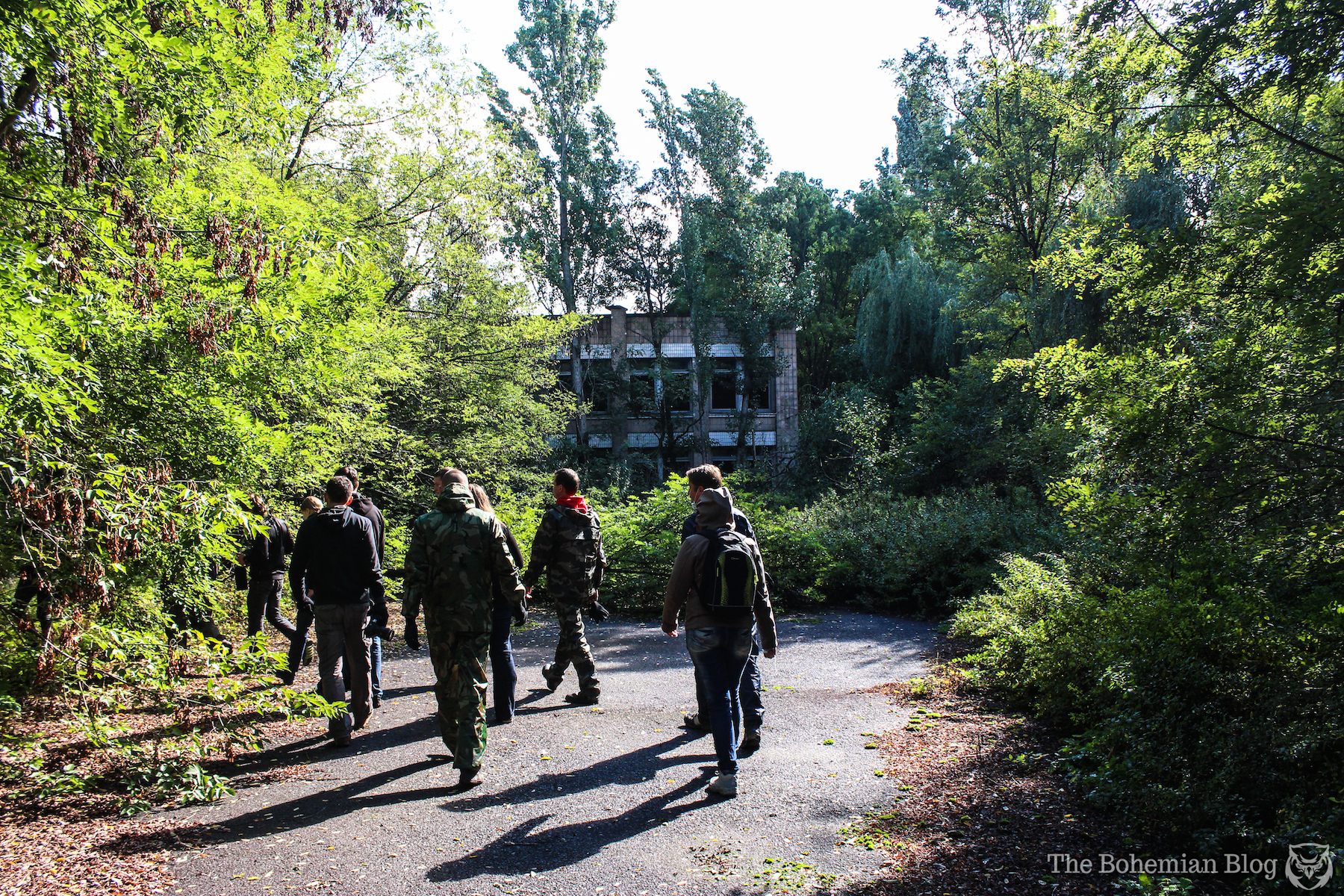
Photographers prowl the streets of Pripyat (photograph by Darmon Richter)
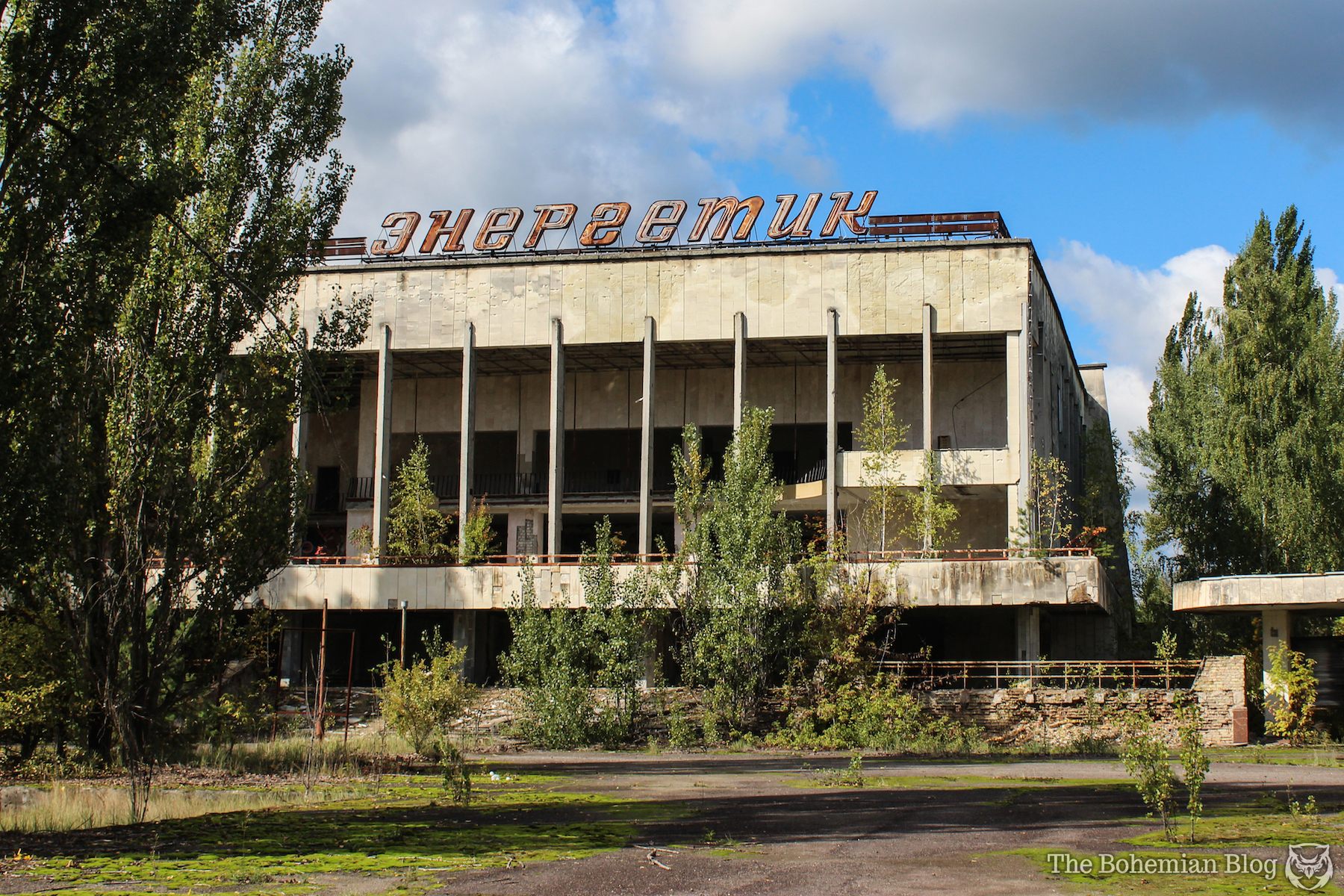
An abandoned hotel in the city center (photograph by Darmon Richter)
When photographing such ruins, it may not seem like much to rearrange the details, to reposition the debris of scattered dolls and gas masks to give a better sense of the immersive aura of decay that surrounds Pripyat, that reaches inky tendrils far and wide across the Zone. I saw it for myself — at each new location we visited, photographers were picking up dolls and books and clothes, draping them across steel-strung beds or sitting them upright on mantelpieces. However in trying to show the truth, these visitors are slowly destroying it.
Each such interaction may be minuscule, given the size of the Chernobyl Exclusion Zone — which spreads out in an 18-mile diameter from the epicenter at Reactor Four. Yet they add up. My own tour group made subtle, yet significant alterations to the terrain and its attendant artifacts as we passed through the Zone, and still this group represented less than 0.3% of the Zone’s annual tourist traffic. Imagine then, how much the place must have changed since 1986. This gas mask repositioned for a better shot one day; the dolls sat up straight along a wooden shelf the next; this and more, every day, for decades.
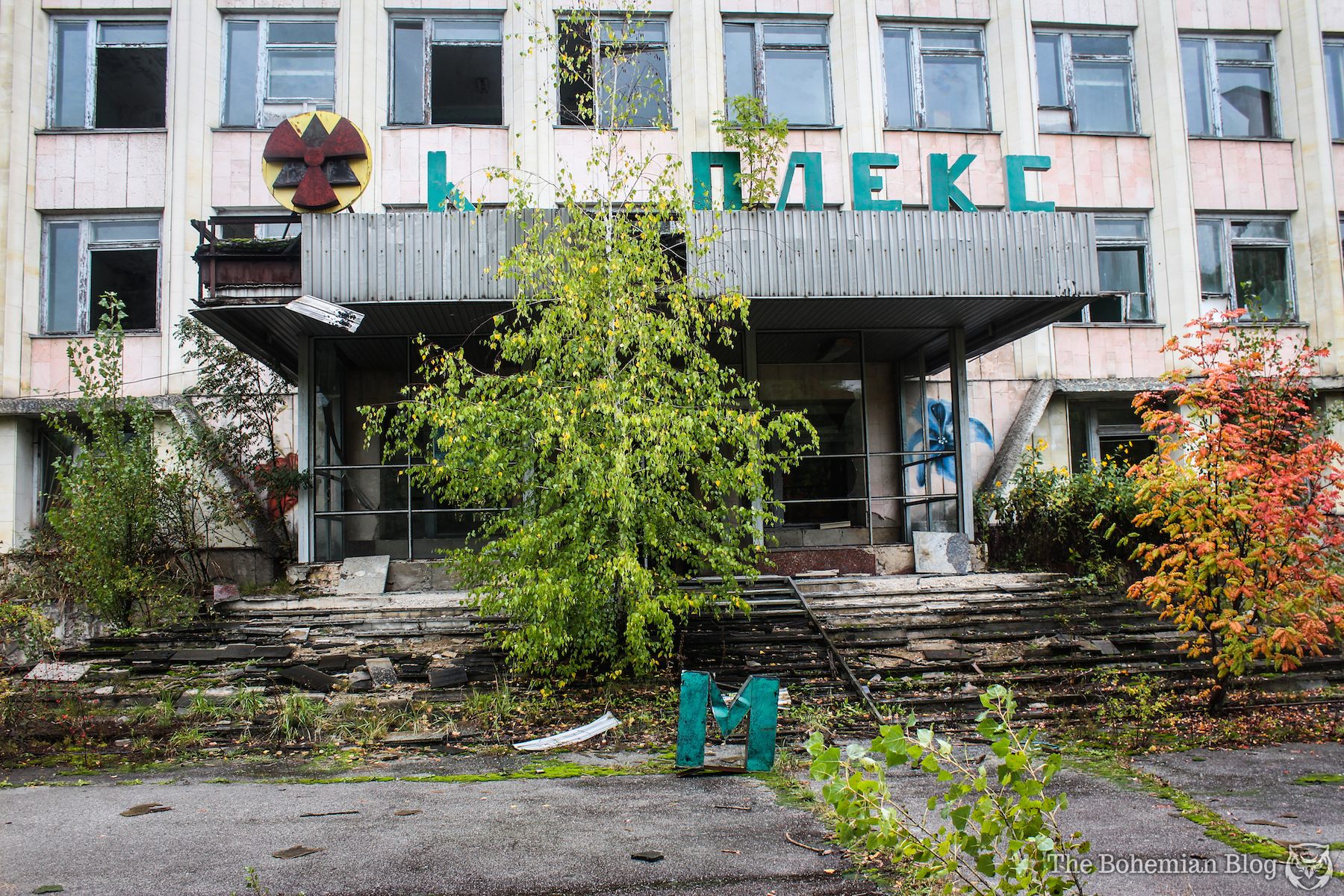
A decayed building in Pripyat (photograph by Darmon Richter)

One of the many toys repositioned long since evacuation in 1986 (photograph by Darmon Richter)
As Heisenberg might have predicted, the more it is observed, the more the Chernobyl Exclusion Zone changes. The proliferation of published photos then, the famously macabre scenes of discarded playthings and of gas masks never worn, must all be taken with a liberal pinch of salt. The buildings at least are real. The reactors, too. And the tragedy itself is real enough to affect us today – in 2006, the International Journal of Cancer posited that by 2065 the radioactive disaster at Chernobyl would have been responsible for as many as 41,000 individual cases of cancer.
What happened at Chernobyl should be remembered, memorialized even, as a poignant reminder of one of the 20th century’s greatest human catastrophes. Remember it through cold statistics, or through the moving accounts of its survivors. Remember it by visiting for yourself, and by walking these streets which were once home to 50,000 unsuspecting citizens. Do not, however, fall into the trap of mistaking this place for a “time capsule.” Pripyat is not the Mary Celeste. It is a ghost town, in which the footprints of the dead have been trampled past recognition into the radioactive dust; their cries drowned out by thousands upon thousands upon thousands of shutter clicks.
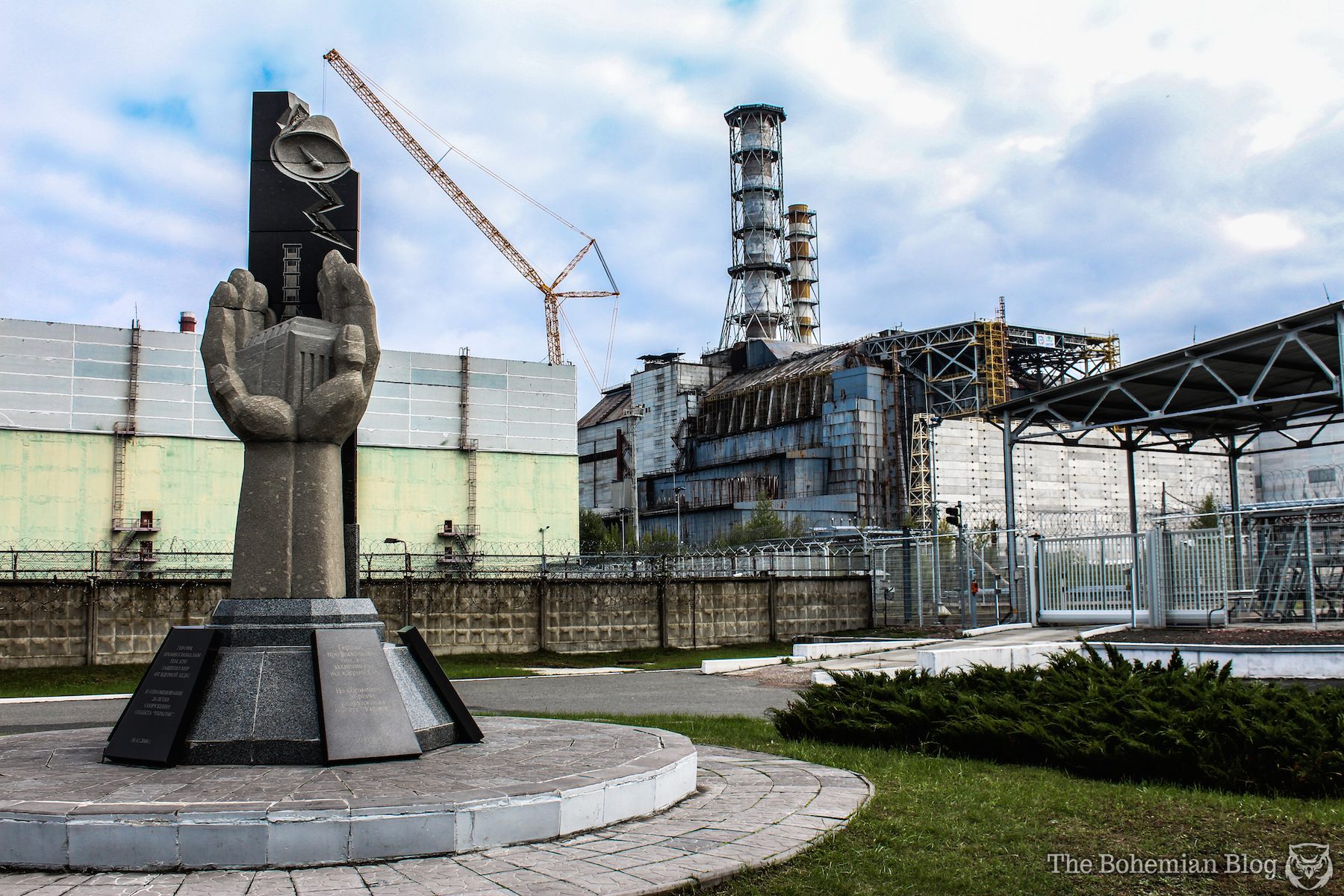
The ill-fated Reactor Four (photograph by Darmon Richter)
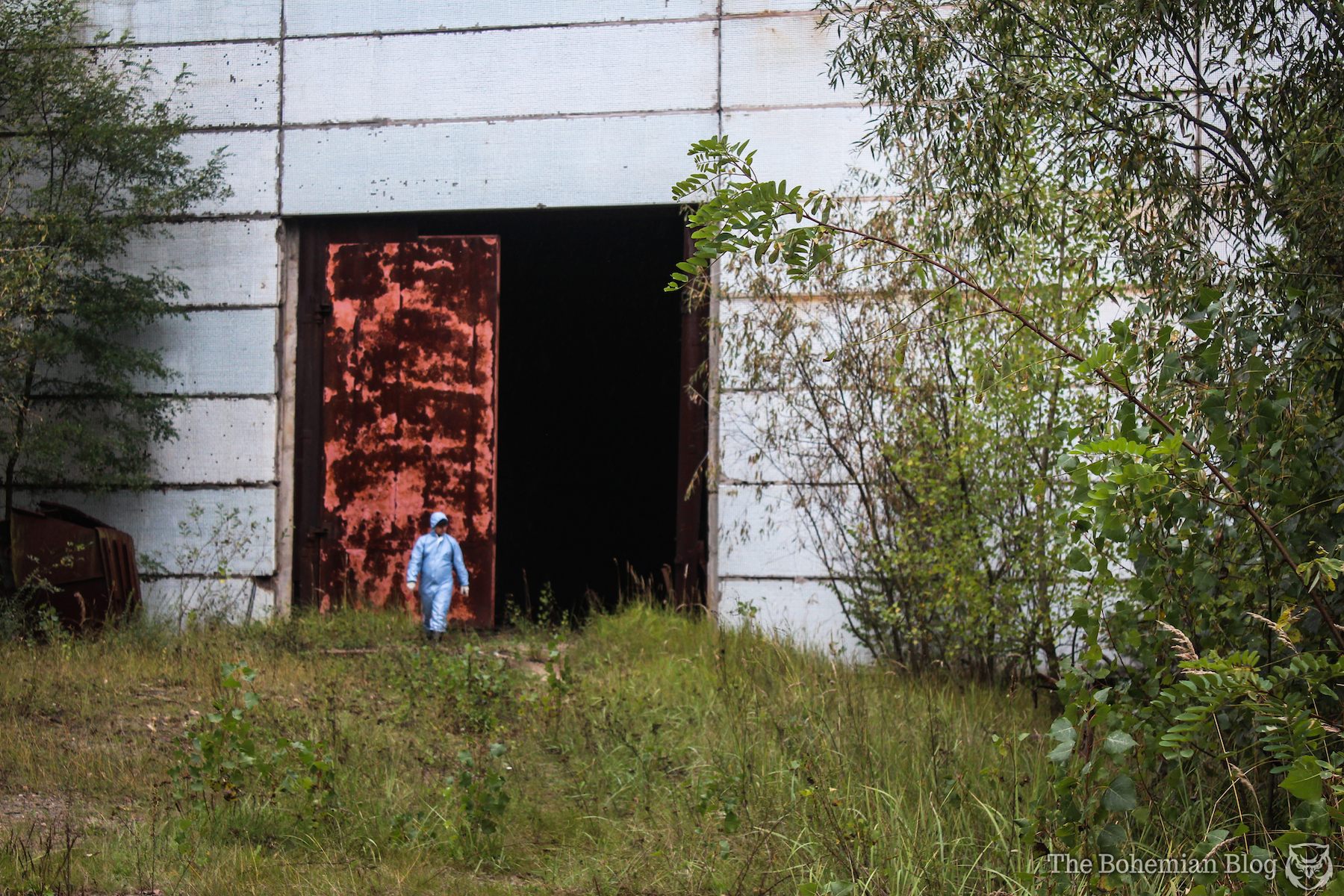
A tourist exits the unfinished Reactor Five (photograph by Darmon Richter)
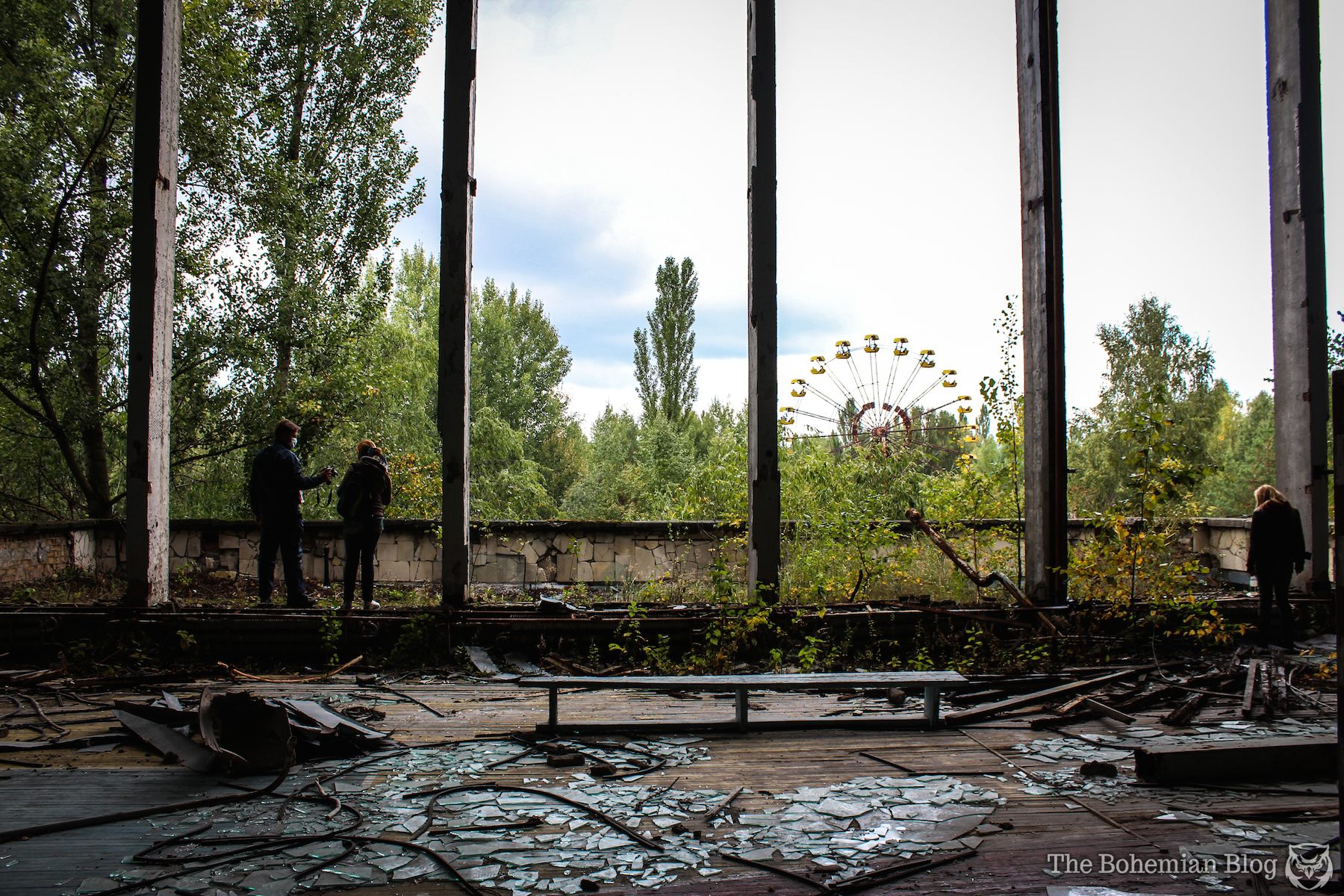
Visitors look out over Pripyat’s “Luna Park” (photograph by Darmon Richter)
















Follow us on Twitter to get the latest on the world's hidden wonders.
Like us on Facebook to get the latest on the world's hidden wonders.
Follow us on Twitter Like us on Facebook